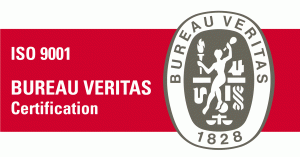Author: Baokang Yang;Shu-Jung Kuo;Purwiyatno Hariyadi;Kirk L. Parkin
ABSTRACT
Lipase-mediated esterification and acyl-transfer reactions were evaluated in a series of solvents, ranging in log P (partitioning coefficient of solvent between 1-octanol and water) values from −0.33 to 8.8, and for combinations of substrates of differing polarities. Contrary to the prevailing view, some of the model reaction systems evaluated were most active in solvents having log P values well below the range of 2 to 4 generally believed to be most supportive of biocatalysis in microaqueous organic media. As the polarity of the most polar substrate in the reactive mixtures was progressively increased, there was an attendant decrease in the magnitude and range of solvent log P values yielding maximum activity. When glycerol (log P of −3.0) was used as an acyl-transfer acceptor, log P values of solvents most supportive of activity were −0.33 to 0.80. For acyl-exchange reactions between triacetin (log P of −0.075) and olive oil, solvents having log P of 0.60 to 1.9 were most supportive of activity. For esterification reactions involving benzyl alcohol (log P of 1.1) or dodecanoic acid (log P of 4.8) as the most polar substrate, solvents of log P values > 2.5 and 3.5, respectively, were most supportive of raction. Although there are likely some specific solvent effects, we conclude that the choice of solvent to serve as bulk phase for biocatalytic processes should be made in cognizance of the relative polarity of substrates (and products) of the designed reaction. A secondary feature that should also be considered is the macroscopic phase behavior of reactive mixtures, although this parameter appears to be dependent on the particular source of enzyme.



